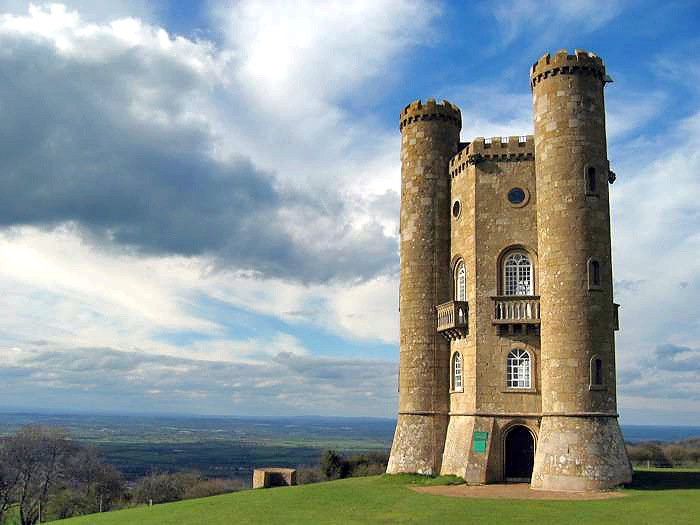Where is Western Europe’s largest onshore oil field? Perhaps secreted under one of Norway’s fjords, under one of the Shetland Islands or close to the vast coal fields of northern France and Belgium?
Most people wouldn’t guess the Isle of Purbeck in Dorset, but this is the home of 480 million barrels of recoverable reserves of crude oil. The oil field stretches east from Purbeck into Poole Harbour and then out into the English Channel to finish just south of the popular seaside resort of Bournemouth.

This was one of the best finds in the third series of the BBC’s Great British Railway Journeys, presented by Michael Portillo. Portillo, who had spent many weeks at Conservative Party Conferences in Bournemouth, was clearly surprised and delighted at this discovery.
The area had long been mined for oil bearing shale rock, but was only prospected for crude oil in the 1950s. The result was Wytch Farm and a mini-oil boom. It was a rich find, with production peaking at 110,000 barrels per day in 1997, and, even today, some 50,000 barrels of oil are extracted every day.

By the 1960s there was the unlikely juxtaposition of an array of nodding donkeys laying just a couple of miles north of the ancient and ruined Corfe Castle. Structures that are more associated with Texan oil finds were happily working away in the remote Dorset countryside.
So unlikely is the location that great care was taken to disguise this vast industrial complex. The metalwork is painted in a reddish-brown to blend with the coniferous forest that was planted all around. The site is sunk a few metres below the surrounding countryside, and , as far as possible, low lying buildings were preferred to the towering structures more familiar to the oil and chemical industries.
See our new site at http://www.vaguelyinteresting.co.uk/?p=266

